The sometimes unexpected role of telemetry in sport
Many prospective and current clients alike of Oriel Systems’ (http://www-orielsystems-com.orielsystems.com) remote inventory monitoring solutions are likely to be following the latest goings-on at the 2013 Tour de France – but not all of them may be aware of the reports earlier in June of work being done on a telemetry system to make real-time data accessible to TV audiences. The technology wasn’t ready in time for the 100th Tour de France, but it is thought that live figures and statistics could be streamed for the first time at Paris-Tours in mid-October, according to a BikeRadar report.
The idea is to use such telemetry systems for the collection of real-time data on the speed and position of riders in the peloton, enabling it to be fed directly to TV stations for the benefit of audiences. If the trials are a success, viewers could soon be perusing statistics on the hardest working riders and which team members have been on the front of the peloton for longest. Speculation began when operatives were seen cable-tying cadence sensor-size units to the undercarriage of team saddles at the stage start of the Criterium du Dauphine in Grésy-sur-Aix.
Although the operatives were not forthcoming about the exact nature of their activities, it was later confirmed that work was being done alongside Tour de France organisers, ASO on the first stage trials of the GPS-based technology. Audiences and commentators alike will be hoping for the successful implementation of such a data acquisition system, given that it could result in accessible information not only on the amount of time spent on the front by riders, but also hard working domestiques doing bottle runs returning to team cars and how cohesive certain teams are when riding in a group in the peloton. Team managers may also appreciate data on the work rate and positioning of their riders.
This is not the first time the broadcasting of in-race data to audiences has been trialled. It used to be possible for commentators to access selected participants’ heart rate data during races, while the 2005 Tour de France saw the fitting of GPS units to the bikes of selected riders. But none of these previous measures have stuck, with sports fans perhaps more aware of the application of remote monitoring systems in Formula One. Throughout motorsport, telemetry remains invaluable for race engineers interested in tuning a car for optimum performance, making the most of data collected during a test or race. Two-way telemetry, for instance, allows for calibrations on a car to be updated in real time, even when the car is out on the track. Telemetry has also been used in yacht racing.
Of course, as exotic as such technologies can seem, clients of Oriel Systems (http://www-orielsystems-com.orielsystems.com) customarily require a telemetry installation for a rather different kind of competitiveness. More specifically, they require industry competitiveness as achieved through a cost-effective, reliable and scalable system tailored to their exact needs, whether they are in the oil and gas, printing, water or chemical industries.
Case studies
Don't just take our word for it, have a look at the our previous studies from a long list of prestigious clients.
Distillery Tank Level Monitoring System
Oriel Systems was asked to provide a tank level monitoring system for a leading distillery in Scotland. The system was … Continue reading Distillery Tank Monitoring

Environmental Monitoring System
Oriel Systems were asked to implement a standalone monitoring and control telemetry system for a global leader in dairy products. … Continue reading Environmental Monitoring System

Internal Drainage Board
The Challenge was to provide remote monitoring of water levels and machinery/ pumping equipment as well as fault alert and … Continue reading Internal Drainage Board


 01249 705070
01249 705070